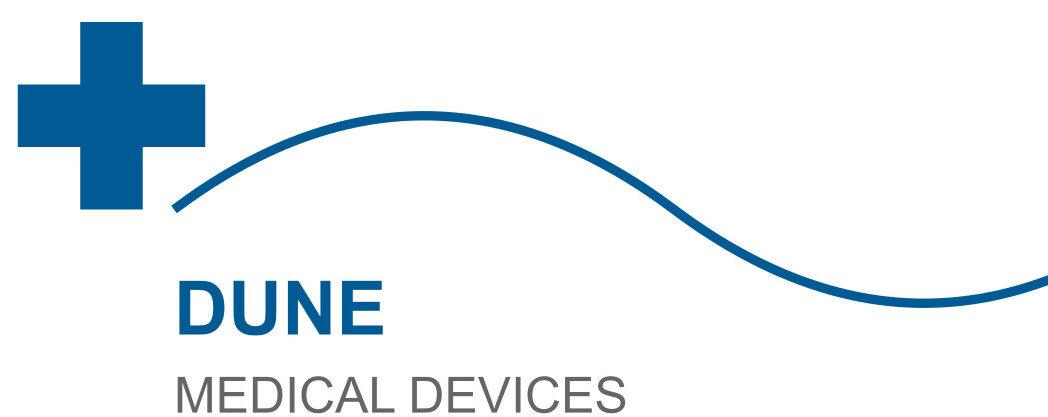What is the normal breathing rate for an adult
Normal Breathing Rate for Adults: What You Need to Know Breathing is one of the most fundamental processes of life, yet many of us rarely think about it—until something feels off. Have you ever wondered, what is the normal breathing rate for an adult? Understanding this can provide valuable insights into your overall health and help you recognize when something might be wrong. In this comprehensive guide, we’ll explore everything you need to know about normal breathing rates, factors that influence them, and when to seek medical attention. What is the Normal Breathing Rate for an Adult? The normal breathing rate for an adult, also known as the respiratory rate, typically ranges between 12 to 20 breaths per minute at rest. This means that in a healthy state, an adult takes about 12 to 20 breaths every 60 seconds while sitting or lying down. Key Factors Influencing Breathing Rate Several factors can affect your breathing rate, including: Age: Older adults may have slightly higher resting rates. Physical Activity: Exercise or exertion increases breathing rate temporarily. Health Conditions: Conditions like asthma, COPD, or anxiety can alter breathing patterns. Environmental Factors: Altitude and air quality can impact how quickly you breathe. For a deeper understanding of how health conditions affect breathing, check out our article on what is the normal range for an oximeter. Why is Monitoring Breathing Rate Important? Monitoring your breathing rate can serve as an early warning system for potential health issues. Abnormal breathing rates, whether too fast (tachypnea) or too slow (bradypnea), can indicate underlying problems such as: Respiratory Infections: Pneumonia or bronchitis can cause rapid breathing. Cardiovascular Issues: Heart failure may lead to shortness of breath. Metabolic Disorders: Conditions like diabetic ketoacidosis can alter breathing patterns. If you’re concerned about your breathing rate, consider using a pulse oximeter to monitor your oxygen levels. Learn more about what is a good pulse ox rate by age for additional insights. How to Measure Your Breathing Rate Measuring your breathing rate is simple and can be done at home. Follow these steps: Sit or lie down in a comfortable position. Set a timer for one minute. Count the number of breaths you take in that time (one breath = one inhalation and one exhalation). Compare your count to the normal range of 12 to 20 breaths per minute. For a more comprehensive health check, pair this with monitoring your heart rate. Discover what is the normal pulse rate to ensure your cardiovascular health is on track. Common Causes of Abnormal Breathing Rates Rapid Breathing (Tachypnea) Causes: Anxiety, fever, lung diseases, or heart conditions. Symptoms: Shortness of breath, chest pain, or dizziness. Slow Breathing (Bradypnea) Causes: Sedative use, brain injuries, or hypothyroidism. Symptoms: Fatigue, confusion, or fainting. If you experience persistent abnormal breathing, consult a healthcare professional. For more information on related symptoms, read our article on what happens when your oxygen level drops to 70. Tips for Maintaining a Healthy Breathing Rate Practice Deep Breathing Exercises: Techniques like diaphragmatic breathing can improve lung function. Stay Active: Regular exercise strengthens respiratory muscles. Avoid Smoking: Smoking damages lung tissue and increases breathing rate. Monitor Stress Levels: Anxiety can lead to rapid breathing; mindfulness practices can help. For more tips on maintaining overall health, explore our guide on what is the normal blood pressure. When to Seek Medical Help While occasional changes in breathing rate are normal, certain signs warrant immediate attention: Persistent rapid or slow breathing. Chest pain or tightness. Bluish lips or fingertips (indicating low oxygen levels). Severe shortness of breath at rest. If you notice any of these symptoms, contact a healthcare provider immediately. For more information on monitoring your health, check out what is the highest rated oximeter. FAQs About Normal Breathing Rate 1. Can anxiety affect my breathing rate? Yes, anxiety often causes rapid, shallow breathing. Practicing relaxation techniques can help. 2. How does age impact breathing rate? Children and infants have higher resting rates, while older adults may experience slight increases due to age-related changes. 3. Is it normal for my breathing rate to increase during exercise? Absolutely! Increased breathing during physical activity is a natural response to meet oxygen demands. For more answers to common questions, visit our article on what are normal readings on a pulse oximeter. Conclusion Understanding what is the normal breathing rate for an adult is a simple yet powerful way to monitor your health. By staying informed and proactive, you can catch potential issues early and take steps to maintain optimal respiratory function. If you have concerns about your breathing rate or overall health, don’t hesitate to reach out to a professional. Contact us today at https://siriwandtradingpt.com/contact-us/ for personalized advice and support.
What is the normal breathing rate for an adult Read More »
